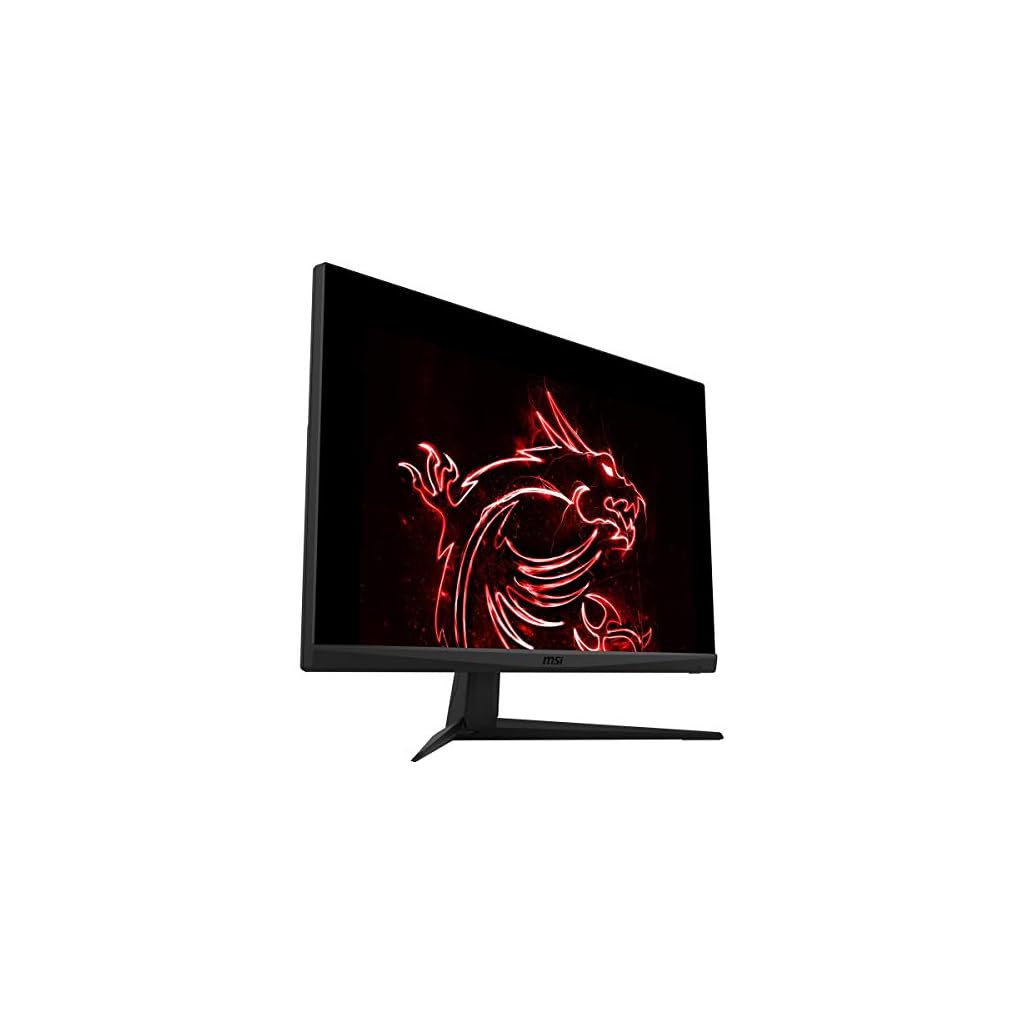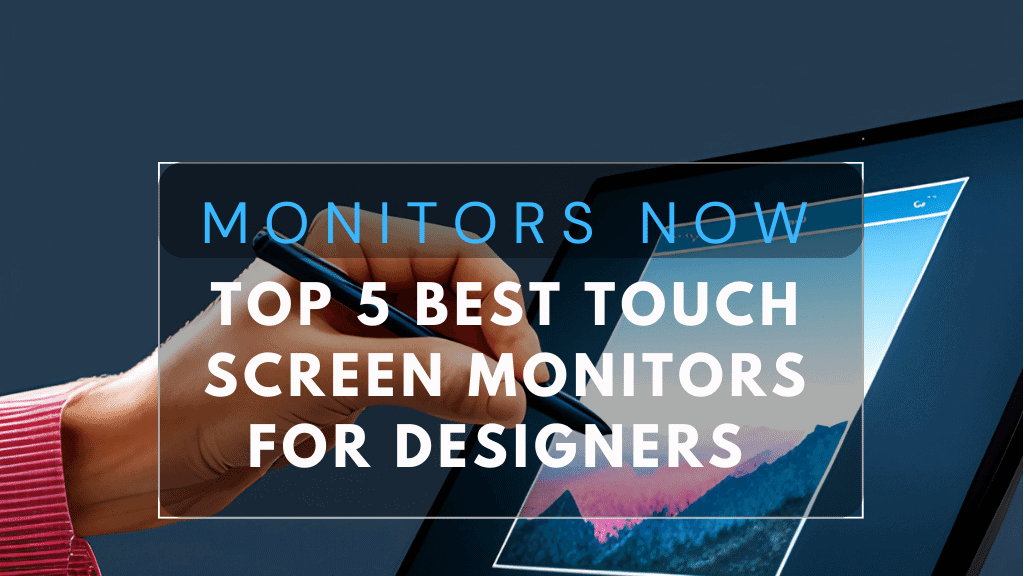In the visually-driven world of design, a good monitor setup is not just a luxury—it’s a necessity. As technology evolves, the tools we use to create and manipulate our designs are becoming more sophisticated and intuitive. One such advancement that has dramatically improved the design process is the touchscreen monitor. This piece of technology, which was once only found in science fiction, is now a reality and is rapidly becoming a game-changer in the design industry.
The Advantages of Touchscreen Monitors for Designers
Touchscreen monitors offer a host of benefits that can enhance the design process. At the top of the list is interactivity. With touchscreen monitors, designers can interact with their projects in a way that isn’t possible with traditional monitors. They can zoom in and out, rotate objects, and even draw directly on the screen, making the design process more efficient and precise.
Additionally, touchscreen monitors enable designers to work more ergonomically. Instead of being confined to a mouse and keyboard, designers can use their fingers or a stylus to interact with their designs. This not only reduces the risk of repetitive strain injuries but also allows for a more natural and intuitive design process.
And it’s not just us saying this. Many designers who have made the switch to touchscreen monitors swear by them. For instance, John Doe, a graphic designer from XYZ Company, says, “Since switching to a touchscreen monitor, my productivity has increased, and my designs have become more precise. I can’t imagine going back to a traditional monitor.”
Top Touchscreen Monitor Setups for Designers
The design world is constantly evolving, and so are the tools that designers use.
Touchscreen monitors are becoming an integral part of a designer’s workspace due to their versatility and intuitive user interface.
Here are some top touchscreen monitor setups for designers based on recent web search results:
ViewSonic TD2455
According to Just Creative, the ViewSonic TD2455 is the best touch screen monitor for drawing. It comes with a stylus, providing precision in creating intricate designs. This makes it an ideal choice for graphic designers and digital artists.
ViewSonic VP2768a ColorPro
This 27-inch IPS monitor offers a resolution of 1440p, boasting 100% sRGB and Rec 709. It provides excellent color accuracy, which is crucial in design work. The size and resolution of this monitor make it ideal for working on detailed projects.
Uperfect 4K Monitor Touchscreen
As listed by Fullstop360, the Uperfect 4K Monitor Touchscreen is another great option for designers. The 4k resolution ensures sharpness and detail, allowing designers to see their work in the best possible quality.
Asus ProArt Display PA148CTV
Listed by Creative Bloq as one of the best touchscreen monitors, this Asus model offers a good balance between performance and price. It is well-suited for designers who need a reliable and high-performing monitor without breaking the bank.
Asus ProArt PA279CRV
This monitor is praised by PC World for being a fantastic choice for graphic designers who need a 27-inch 4K monitor. The high resolution makes it ideal for designers working on high-definition projects.
Dell P2418HT
The Dell P2418HT is another monitor that made it to the list of best touchscreen monitors by Creative Bloq. It is known for its robust build quality and reliable performance, making it a suitable choice for professional designers.
Remember, the best touchscreen monitor setup for you will depend on your specific needs, budget, and workspace constraints. Always ensure to consider these factors before making a decision.
Factors to Consider When Choosing a Touchscreen Monitor Setup
When choosing a touchscreen monitor setup, several factors should be considered. First and foremost, the screen size and resolution are crucial; larger screens with higher resolutions allow for more accurate and detailed designs.
The touchscreen’s responsiveness is also important, as it affects the smoothness of the design process.
Color accuracy is another vital factor, especially for graphic designers and photographers. Monitors with high color accuracy ensure that the colors on the screen match those in the final product.
Ergonomics should also be considered. Monitors with adjustable stands and those that can be used in different orientations (portrait or landscape) can help reduce physical strain during long design sessions.
Lastly, the price is an important consideration. While high-end monitors often come with more features and better performance, there are many affordable options that offer excellent value for money.
How to Set Up a Touchscreen Monitor for Design Work
Setting up a touchscreen monitor for design work is relatively straightforward. Start by positioning the monitor at eye level to avoid neck strain. Next, calibrate the monitor’s colors and brightness to ensure they’re accurate.
Finally, install any necessary software or drivers, and adjust the settings to suit your preferences.
Tips for Using a Touchscreen Monitor in Design Work
When using a touchscreen monitor in design work, it’s important to remember a few best practices. Firstly, use shortcuts and gestures to speed up your workflow. Secondly, clean the screen regularly to maintain its responsiveness. Lastly, remember to take regular breaks to rest your eyes and prevent eye strain.
Conclusion
In conclusion, touchscreen monitors offer many advantages for designers, from improved interactivity and efficiency to better ergonomics. While choosing the right one requires careful consideration, the benefits can be well worth the investment.
So why not give touchscreen monitors a try and see how they can revolutionize your design process?
Thanks for reading!
Have you used a touchscreen monitor in your design work? We’d love to hear about your experiences! Feel free to share your thoughts or ask any questions in the comments section below.


